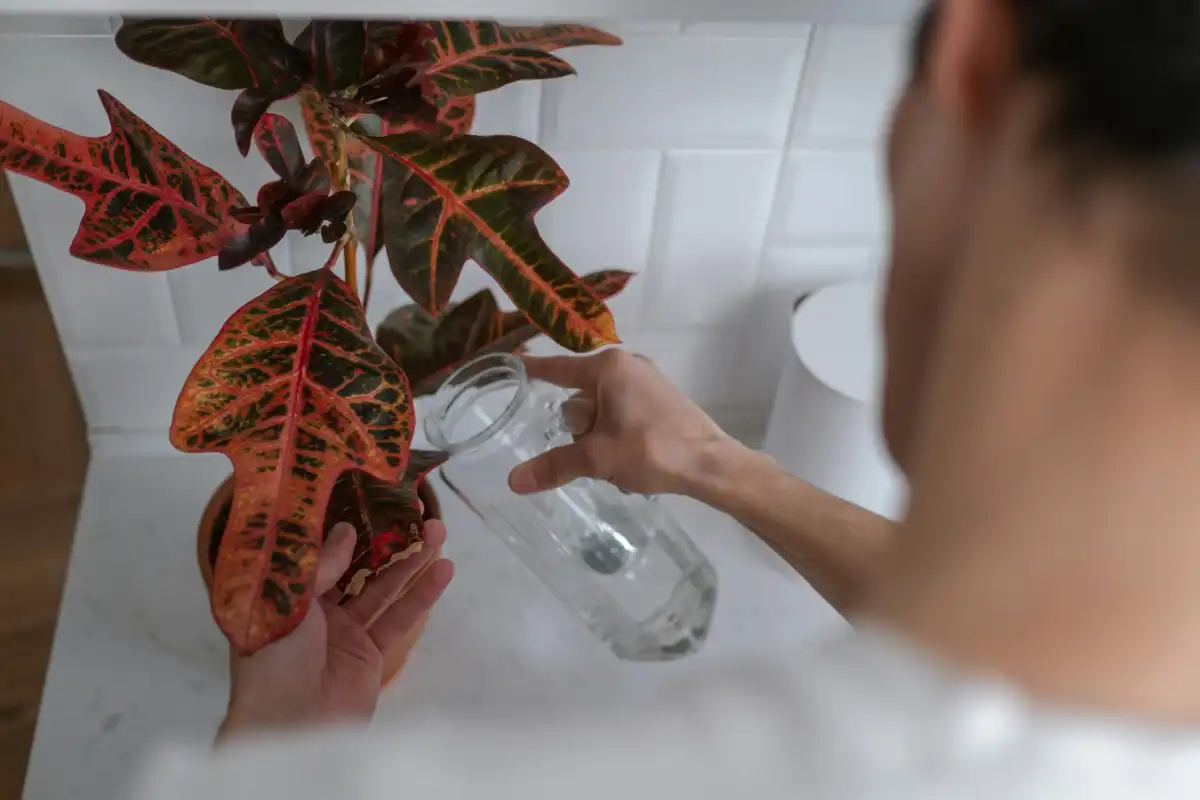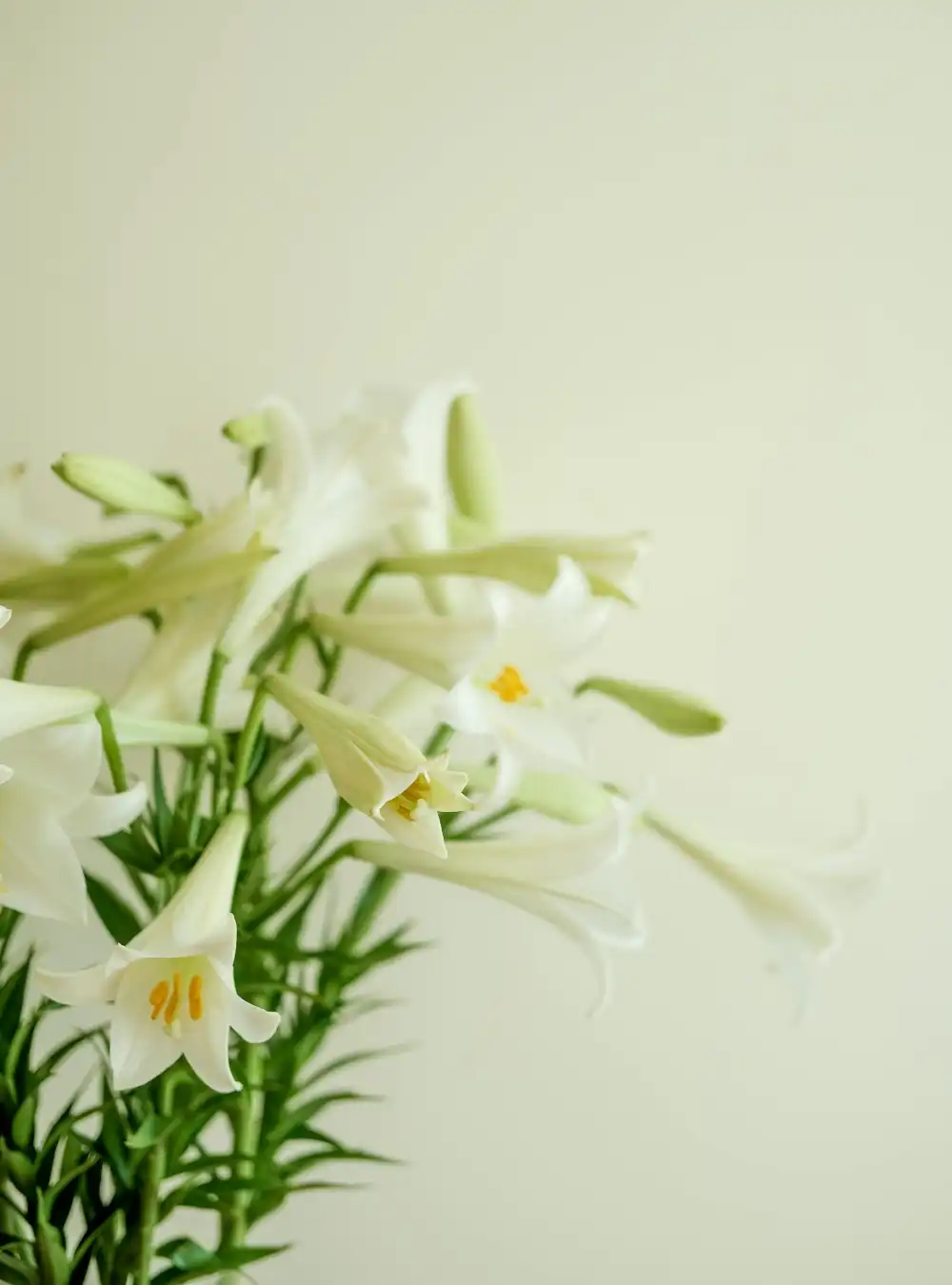Τα φυτά εσωτερικού χώρου έχουν έναν καταπληκτικό τρόπο να κάνουν κάθε σπίτι να αισθάνεται πιο ζωντανό και φρέσκο. Τα περισσότερα φυτά εσωτερικού χώρου χρησιμεύουν για να βελτιώσουν την ατμόσφαιρα, να βελτιώσουν την ποιότητα του αέρα και να προσφέρουν μια αίσθηση ηρεμίας, αλλά δεν είναι όλα τα φυτά κατάλληλα για το εσωτερικό του σπιτιού σας. Πράγματι, μερικά από αυτά μπορεί να αποτελούν κρυφούς κινδύνους για τα παιδιά ή τα κατοικίδια ζώα. Ορισμένα φυτά μπορούν επίσης να προκαλέσουν αλλεργίες ή να απαιτούν συνθήκες διαβίωσης που είναι δύσκολο να διατηρηθούν από οποιονδήποτε εκτός από τον πιο έμπειρο ιδιοκτήτη φυτού.
Πριν επιλέξετε ένα φυτό, είναι απαραίτητο να κατανοήσετε τα μειονεκτήματα ενός συγκεκριμένου φυτού για να διασφαλίσετε ότι ταιριάζει στον τρόπο ζωής και στο περιβάλλον σας. Μια πιο προσεκτική επιλογή φυτών θα σας επιτρέψει να δημιουργήσετε έναν κήπο χωρίς προβλήματα και ταλαιπωρία.

Πάντα να λαμβάνετε υπόψη τις δικές σας συνθήκες όταν επιλέγετε ποια φυτά εσωτερικού χώρου για τον χώρο διαβίωσής σας. Δεν είναι το ίδιο το περιβάλλον του σπιτιού, ο τρόπος ζωής και οι οικιακές συνεργάτες όλων, επομένως είναι λογικό οι επιλογές σας για φυτά εσωτερικού χώρου να διαφέρουν από αυτές του γείτονά σας. Για παράδειγμα, ένα φυτό εσωτερικού χώρου που είναι τοξικό για κατοικίδια μπορεί να είναι απολύτως κατάλληλο για άτομα που δεν έχουν κατοικίδια. Θα πρέπει να ακολουθήσετε τη δική σας καλύτερη κρίση στην επιλογή φυτών εσωτερικού χώρου.
Πικροδάφνη

Η πικροδάφνη είναι ένας αειθαλής θάμνος με λευκά, ροζ ή κόκκινα άνθη. Είναι δημοφιλές ως φυτό εξωτερικού χώρου λόγω της αντοχής του στην ξηρασία, αλλά είναι επίσης προσαρμόσιμο για ανάπτυξη σε εσωτερικούς χώρους.
Όλα τα μέρη αυτού του φυτού, συμπεριλαμβανομένων των φύλλων, των λουλουδιών, του μίσχου και του χυμού, περιέχουν τοξικές ενώσεις, μια που ονομάζεται ολεανδρίνη. Αυτό μπορεί να προκαλέσει σοβαρές συνέπειες εάν καταποθεί ακόμη και σε μικρές ποσότητες. Τα συμπτώματα της κατάποσης του φυτού περιλαμβάνουν ναυτία, έμετο, κοιλιακό άλγος, ακανόνιστους καρδιακούς ρυθμούς και σε σοβαρές περιπτώσεις, καρδιακή ανακοπή. Ακόμη και ο χειρισμός του φυτού μπορεί να προκαλέσει ερεθισμό του δέρματος και εξανθήματα σε άτομα με ευαίσθητο δέρμα. Αυτό το φυτό εσωτερικού χώρου θα πρέπει να αποφεύγεται σε σπίτια με κατοικίδια ή/και παιδιά και θα πρέπει να το χειρίζεται οποιοσδήποτε με προσοχή.
Τροπικό φυτό

Caladium are tropical plants that have variegated, heart-shaped leaves in colors including green, pink, and red. Even though this plant is beloved for its graceful beauty, all parts of this plant contain calcium oxalate crystals, which can cause significant irritation if ingested. Eating this plant may cause a burning sensation in the mouth, throat, and gastrointestinal tract. Drooling, nausea, vomiting, and difficulty swallowing are other possible side effects. The large leaves can also be a choking hazard if swallowed.
These plants are best kept away from pets and small children who may be attracted to their colorful leaves.
Sago Palm

The sago palm is a popular houseplant because of its striking and ornamental palm-like appearance. However, this houseplant is highly toxic to animals and humans. All parts of this plant, especially the seeds, contain cycasin. Ingesting this toxin, in even small amounts, can result in vomiting, diarrhea, lethargy, and liver failure.
For pets, particularly dogs, the consequences of eating this plant are often fatal without immediate treatment. Signs that a pet has been poisoned by this plant include excessive thirst, bruising, and neurological signals, such as tremors or seizures. Given the high toxicity of this plant, it is best kept out of homes with small children and pets.
Easter Lilies/Day Lilies

Lilies, like Easter or day lilies, are popular during the spring season because of their attractive and fragrant blooms and their symbolism of rebirth and renewal. Unfortunately, these plants are extremely toxic for cats, with all parts of the plant posing a serious health risk. Ingesting a lily, even in small amounts, can cause liver failure in cats. Early symptoms of poisoning include drooling, vomiting, and lethargy, which can progress to more serious effects, such as dehydration and disorientation. This can potentially lead to fatal consequences if left untreated.
This plant is not toxic for dogs or humans, but it is best kept out of homes with cats as pets.
Peace Lily

Peace lilies are a popular houseplant because of their easy maintenance, glossy green leaves, and attractive white blooms. Despite their widespread use, these plants can pose a risk to humans and pets because of the calcium oxalate crystals in the leaves and flowers.
If peace lilies leaves or flowers are ingested, they can cause swelling of the mouth and throat, drooling, and difficulty swallowing. Even though this is rarely life-threatening, it can be distressing, especially for small pets, and require a costly vet visit. Because of its negative side effects, this plant works best in homes with older children and no pets.
Aloe Vera

Aloe vera is a popular houseplant for its fleshy leaves that contain a gel that is thought to be soothing for skin irritations. While the gel has medicinal benefits for humans, aloe vera plants can cause irritation to pets if they eat it.
Aloe vera plants have a compound called anthraquinones, which can have a laxative effect and cause vomiting, diarrhea, lethargy, and abdominal pain in pets. Humans should also avoid consuming aloe vera because consuming aloe latex can result in some of the same side effects, such as abdominal irritation and kidney problems with prolonged use. Topical use of aloe may also cause skin irritation in certain people. Because of the potential negative side effects, it is best to keep this plant out of reach of animals.
Pothos

Pothos, also known as devil’s ivy, is a popular houseplant due to its ease of growth and graceful trailing leaves. Pothos leaves, like other houseplants, contain calcium oxalate crystals, which can be harmful to the health of small children and pets, but are especially harmful to cats and dogs. Consuming this plant, in particular, can cause irritation and swelling in the mouth and throat. If your pet eats this plant, you may notice them drooling, vomiting, or having difficulty swallowing.
This plant’s prolific growth and trailing habit make it difficult to keep away from children and pets, but you should do your best to keep it out of reach.
Weeping Fig

Weeping figs are popular indoor trees thanks to their graceful, arching growth pattern and lush green foliage. These trees produce latex sap, which can cause allergic reactions, such as skin rashes and dermatitis. This is especially true for those who are allergic to latex.
Weeping figs can also cause problems if the leaves are eaten, like nausea and vomiting, especially for pets. While they are not considered toxic, you may need to practice caution if your pet shows a proclivity to eat leaves. If you suspect your pet has eaten weeping fig foliage, look for symptoms such as drooling or digestive distress.
Euphorbia

Euphorbia is a large genus of plants that includes the popular poinsettia. Euphorbias are well-known for their distinctive shapes and colorful bracts, but they produce a milky latex sap that can be harmful to human and animal health. This sap contains compounds that can cause skin irritations such as rashes, itching, and redness.
When animals or humans consume these plants, it can lead to more serious health complications such as nausea, vomiting, and diarrhea. Euphorbia, in particular, can cause gastrointestinal distress in cats and dogs.
Cacti

Cacti have a unique and recognizable shape and vibrant flowers that make them a popular addition to some indoor gardens. Certain plants have sharp thorns and spikes that can make them not ideal in households with curious children or pets. Accidental contact with cacti can result in puncture wounds and scratches that, if left untreated, can lead to infection. Some, like the barrel cactus, also have sap, which can cause irritation to the skin.
While not toxic, ingesting certain cacti can cause nausea and vomiting, as well as the risk and discomfort associated with eating sharp spikes. To reduce these risks, keep cacti out of reach and wear gloves when handling them.
Dumb Cane

Το Dumb Cane είναι ένα διάσημο φυτό εσωτερικού χώρου λόγω του πλούσιου φυλλώματος και των ενδιαφέροντα διαφοροποιημένων φύλλων του. Αυτό το φυτό περιέχει επίσης οξαλικό ασβέστιο σε όλα τα μέρη του φυτού, επομένως μπορεί να εγκυμονεί σημαντικούς κινδύνους για την υγεία. Ακόμη και σε μικρές δόσεις, αυτό το φυτό μπορεί να προκαλέσει σοβαρό στοματικό ερεθισμό, συμπεριλαμβανομένου του καψίματος στο στόμα και του λαιμού, πρήξιμο και δυσκολία στην κατάποση. Κάποιος που έχει σάλια, κάνει εμετό ή έχει αναπνευστική δυσχέρεια μπορεί να έχει καταναλώσει μερικά άλαλα φύλλα ζαχαροκάλαμου.
When eaten in large quantities, dumb cane can be fatal to both humans and pets. People with sensitive skin may experience skin irritation as a result of handling the plants. When handling this plant, wear gloves and keep it away from the ground to protect small children and pets.
Αν σας αρέσει η σελίδα μας παρακαλούμε μοιραστείτε με τους φίλους σας & Facebook